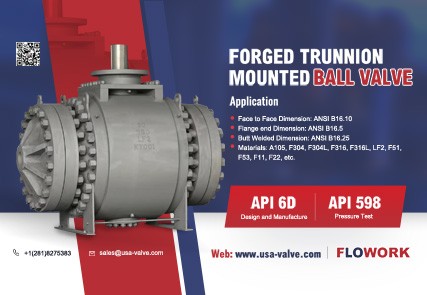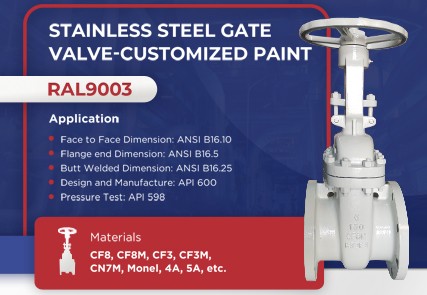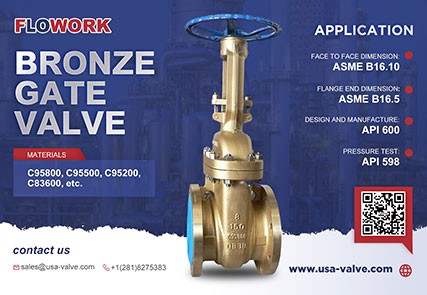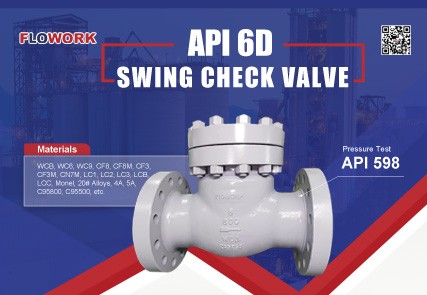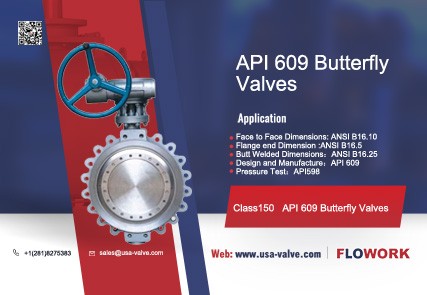Selecting the Right Valve Material for Your Application
Introduction
The selection of valve materials is a fundamental decision that directly impacts the safety, efficiency, and total cost of ownership of your piping systems. Choosing incorrectly can lead to premature failure, unplanned downtime, and significant financial losses. This guide, brought to you by Flowork, a trusted manufacturer in the industry, will demystify the material selection process, empowering you to make confident, informed decisions.
Understanding Valve Materials
What is Valve Material
Valve material refers to the specific metals or alloys used to construct the pressure-containing and wetted parts of a valve, primarily the body, bonnet, and internal components (trim). This choice is the primary determinant of the valve's compatibility with the process media and its service environment.
Importance of Right Valve Material
Selecting the optimal material is critical for ensuring:
- System Integrity: Prevents catastrophic failures like leaks or ruptures.
- Long-Term Reliability: Maximizes service life and minimizes maintenance interventions.
- Cost Efficiency: Optimizes the balance between initial investment and lifecycle costs, a principle central to Flowork's product design philosophy.
Common Valve Material Types
Carbon Steel Valves
Carbon steel valves, such as those complying with ASTM A216 WCB grade, offer high tensile strength and are cost-effective for a wide range of applications.
- Best For: Non-corrosive services like water, steam, oil, and gas at moderate temperatures.
Stainless Steel Valves
Stainless steel valves (e.g., ASTM A351 CF8/CF8M for 304/316 stainless) provide superior corrosion resistance due to their chromium content.
- Best For: Chemical processing, food and beverage, marine environments, and other applications involving mild corrosives.
Special Alloy Valves
These include high-performance alloys like Duplex Stainless Steel, Monel, and Inconel, designed for extreme conditions.
- Best For: Highly corrosive acids, caustics, and elevated temperature services.
Key Factors for Valve Material Selection
Application Environment
The chemical nature of the fluid, presence of abrasives, and ambient conditions are the foremost considerations. A material suitable for freshwater may fail rapidly in a chlorinated environment.
Pressure and Temperature
Every material has specific pressure-temperature ratings. The selected material must retain its mechanical strength at the system's maximum operating conditions.
Corrosion Resistance
This is a paramount factor. Incompatibility between the material and the process media can lead to rapid deterioration. When in doubt, consulting with Flowork's technical team can prevent costly errors.
Cost and Durability
Evaluate the Total Cost of Ownership (TCO). A cheaper, less suitable material may have a lower initial cost but a higher TCO due to frequent replacements and downtime.
How to Choose Right Valve Material
Step-by-Step Selection Process
- Define the Media: List all chemicals, concentrations, and possible contaminants.
- Determine Operating Conditions: Identify the maximum and minimum pressure and temperature.
- Understand the Environment: Consider factors like outdoor exposure or salt spray.
- Shortlist Compatible Materials: Use the data above to narrow down options.
- Consult an Expert: Partner with a technical supplier like Flowork for validation and final recommendation.
Material Comparison Guide
| Material | Pros | Cons | Ideal Application |
| Carbon Steel | Cost-effective, High Strength | Low Corrosion Resistance | Water, Steam, Oil |
| Stainless Steel | Excellent Corrosion Resistance | Higher Cost | Chemicals, Food, Marine |
| Special Alloy | Exceptional Resistance to Heat/Corrosion | Premium Cost | Extreme Environments |
Expert Tips for Decision Making
- Prioritize Safety: Always err on the side of caution by selecting a material with a higher safety margin.
- Consider Future Needs: A slightly more robust material may offer flexibility for future process changes.
- Leverage Supplier Expertise: Utilize the application engineering support offered by Flowork to ensure optimal selection.
Conclusion
The correct valve material is the cornerstone of a reliable and efficient fluid control system. By methodically assessing your application against the factors outlined in this guide, you can make a selection that ensures performance and value. For valves that are precision-engineered from the right materials for your specific needs, contact us to learn more about the quality and reliability built into every Flowork product.
FAQ
What is the most common valve material?
Carbon steel (WCB) is the most common due to its strength and cost-effectiveness for standard applications like water and steam.
How does temperature affect my material choice?
High temperatures can cause materials to weaken. Stainless steels or special alloys are necessary for elevated temperature services.
Why is stainless steel "stainless"?
It contains chromium, which forms an invisible, protective oxide layer that prevents rusting.
When is a special alloy valve necessary?
When handling strong acids, caustics, or operating at very high temperatures where standard steels would quickly degrade.
Can Flowork help me select the right material?
Absolutely. Our technical team provides expert guidance to help you navigate material selection for optimal performance and cost-effectiveness. Please contact us for personalized support.



